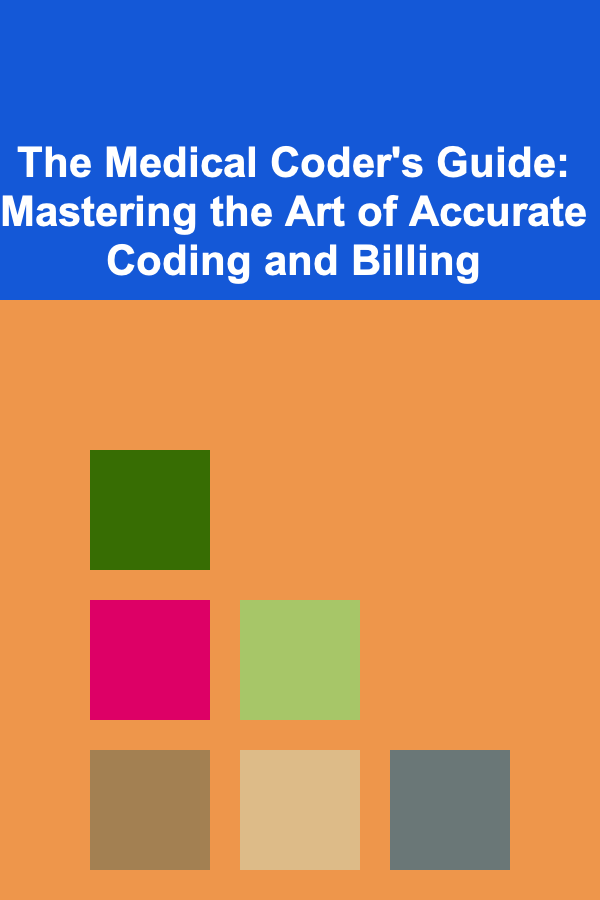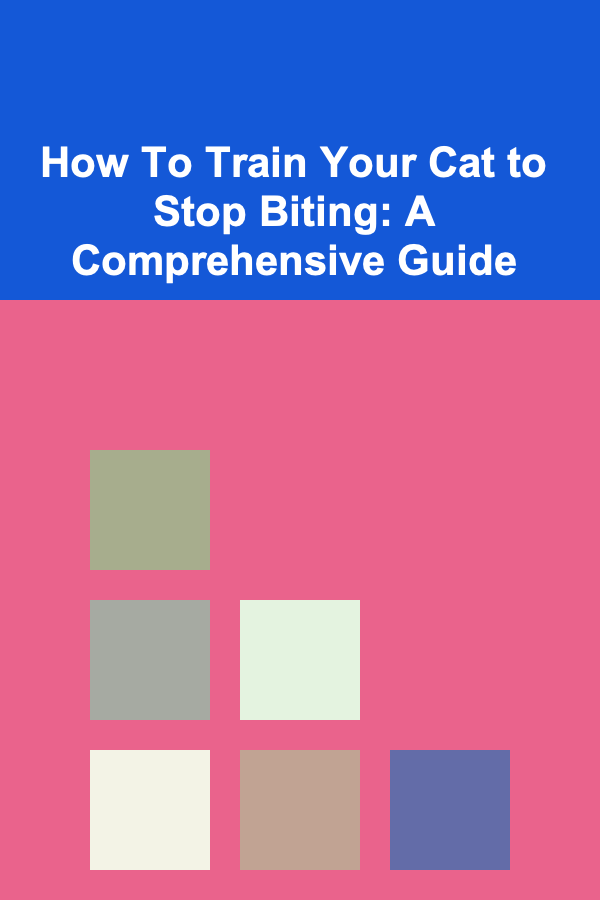
Maintaining Your Oven Mitts and Pot Holders: A Comprehensive Guide
ebook include PDF & Audio bundle (Micro Guide)
$12.99$7.99
Limited Time Offer! Order within the next:

Oven mitts and pot holders are unsung heroes in the kitchen. They shield our hands from scorching heat, allowing us to safely handle hot cookware and bring culinary creations to life. However, these trusty tools are often neglected, tossed aside after use, and only considered when stained or damaged. Proper maintenance extends their lifespan, ensures their effectiveness, and most importantly, protects you from burns. This comprehensive guide will explore the importance of oven mitt and pot holder maintenance, delve into various cleaning methods, and offer practical tips for storage and replacement, ultimately keeping your kitchen safe and your hands happy.
Why Maintaining Oven Mitts and Pot Holders Matters
The reasons to prioritize the care of your oven mitts and pot holders extend beyond mere aesthetics. Neglecting their maintenance can have significant consequences:
Safety First: Preventing Burns
The primary function of oven mitts and pot holders is to protect your hands from the intense heat of ovens, stovetops, and hot cookware. Over time, the insulating materials within them can degrade due to repeated exposure to high temperatures, spills, and improper cleaning. This degradation compromises their ability to effectively shield your hands, increasing the risk of painful and potentially serious burns. Regularly checking for wear and tear and properly maintaining their insulation are crucial for ensuring your safety in the kitchen.
Extending Lifespan: Saving Money and Reducing Waste
High-quality oven mitts and pot holders can be a worthwhile investment, and extending their lifespan through proper care is both economical and environmentally responsible. By cleaning spills promptly, following recommended washing instructions, and storing them correctly, you can significantly delay the need for replacements. This not only saves you money in the long run but also reduces the amount of textile waste that ends up in landfills.
Hygiene and Cleanliness: Preventing the Spread of Bacteria
Oven mitts and pot holders are frequently exposed to food spills, grease splatters, and other kitchen messes. These spills can harbor bacteria and mold, creating an unsanitary environment. Regular cleaning helps to prevent the growth of these microorganisms, ensuring that your kitchen remains a clean and healthy space for food preparation. Furthermore, clean mitts and pot holders prevent the transfer of grime to your hands and, consequently, to your food.
Maintaining Performance: Ensuring Effective Insulation
As mentioned earlier, the insulating properties of oven mitts and pot holders can diminish over time due to wear and tear. Materials like cotton batting can become compacted, and synthetic fills can lose their loft. Regular maintenance, including fluffing and proper drying, helps to maintain the integrity of the insulation, ensuring that your mitts and pot holders continue to perform effectively and protect your hands from extreme heat.
Understanding the Different Types of Oven Mitts and Pot Holders
The best maintenance practices depend on the materials used in your oven mitts and pot holders. Recognizing the different types allows you to tailor your cleaning and care methods accordingly:
Cotton
Cotton is a popular choice due to its affordability, absorbency, and relatively good heat resistance. However, cotton alone is not sufficient for handling extremely hot items and is often combined with other materials for enhanced insulation. Cotton mitts and pot holders are generally machine washable, but they can shrink if exposed to high heat during drying.
Silicone
Silicone is known for its excellent heat resistance, waterproof properties, and non-slip grip. Silicone mitts and pot holders are easy to clean, often dishwasher-safe, and resistant to staining. They are a durable and long-lasting option, although they may not offer the same level of dexterity as some fabric alternatives.
Neoprene
Neoprene is a synthetic rubber material that offers good heat resistance and flexibility. Neoprene oven mitts and pot holders are often used in professional kitchens due to their durability and ability to withstand high temperatures. They are generally hand-washable and resistant to water and stains.
Quilted Fabric (Cotton, Linen, or Synthetic Blends)
Quilted fabric mitts and pot holders often feature multiple layers of fabric and batting, providing enhanced insulation. These are frequently machine washable but require careful drying to prevent shrinkage and maintain the integrity of the quilting. The specific fabric composition will influence the recommended cleaning and care instructions.
Leather
Leather oven mitts offer excellent heat resistance and durability. They are typically used for grilling and barbecuing, where they are exposed to high temperatures and open flames. Leather mitts require specialized cleaning and conditioning to maintain their suppleness and prevent cracking.
Cleaning Methods: A Step-by-Step Guide
The frequency and method of cleaning your oven mitts and pot holders will depend on their material and how frequently they are used. However, a general rule of thumb is to clean them immediately after any spills or stains occur to prevent them from setting.
Spot Cleaning
For minor spills and stains, spot cleaning is often sufficient. This method involves targeting the affected area without having to wash the entire mitt or pot holder.
- Act quickly: The sooner you address the spill, the easier it will be to remove.
- Dampen a cloth: Use a clean, damp cloth or sponge to gently blot the stain. Avoid rubbing, as this can spread the stain and damage the fabric.
- Apply a mild detergent: If water alone is not effective, add a small amount of mild dish soap or laundry detergent to the damp cloth.
- Blot the stain: Continue to blot the stain until it is lifted.
- Rinse with clean water: Use a clean, damp cloth to rinse away any soap residue.
- Air dry: Allow the area to air dry completely before using the mitt or pot holder.
Machine Washing
Machine washing is suitable for most cotton, quilted fabric, and some synthetic oven mitts and pot holders. Always check the care label for specific instructions before washing.
- Pre-treat stains: Before washing, pre-treat any stubborn stains with a stain remover or a paste of baking soda and water.
- Use a mild detergent: Choose a mild laundry detergent that is free of harsh chemicals or bleach.
- Wash in cold or warm water: Hot water can cause shrinkage, so it's best to wash in cold or warm water.
- Use a gentle cycle: Select a gentle or delicate cycle to protect the fabric and insulation.
- Wash with similar items: To prevent damage, wash your oven mitts and pot holders with other similar items, such as towels or dishcloths.
- Avoid fabric softener: Fabric softener can reduce the absorbency of cotton and other fabrics, so it's best to avoid using it.
Hand Washing
Hand washing is recommended for delicate or embellished oven mitts and pot holders, or those made of materials that are not suitable for machine washing, such as leather or some neoprene.
- Fill a basin with warm water: Add a small amount of mild dish soap or laundry detergent to the water.
- Submerge the mitt or pot holder: Gently submerge the mitt or pot holder in the soapy water.
- Wash gently: Use your hands to gently wash the mitt or pot holder, paying attention to any stained areas.
- Rinse thoroughly: Rinse the mitt or pot holder thoroughly under running water until all soap residue is removed.
- Gently squeeze out excess water: Avoid twisting or wringing the mitt or pot holder, as this can damage the fabric and insulation.
- Air dry: Allow the mitt or pot holder to air dry completely.
Cleaning Silicone Oven Mitts and Pot Holders
Silicone mitts and pot holders are particularly easy to clean.
- Wipe down after each use: For minor spills, simply wipe down the mitt or pot holder with a damp cloth or sponge.
- Dishwasher safe: Most silicone mitts and pot holders are dishwasher safe. Place them on the top rack to prevent damage.
- Hand wash if needed: For stubborn stains or if your mitts are not dishwasher safe, hand wash them with warm water and dish soap.
Cleaning Leather Oven Mitts
Leather requires special care to prevent drying and cracking.
- Wipe clean: Wipe the leather mitt with a damp cloth to remove any surface dirt or grime.
- Use a leather cleaner: Apply a leather cleaner specifically designed for oven mitts, following the manufacturer's instructions.
- Condition the leather: After cleaning, apply a leather conditioner to help keep the leather supple and prevent cracking.
- Air dry: Allow the leather mitt to air dry away from direct heat.
Drying Oven Mitts and Pot Holders: Avoiding Shrinkage and Damage
Proper drying is just as important as proper washing. Incorrect drying methods can lead to shrinkage, damage to the insulation, and even mold growth.
Air Drying
Air drying is the safest and most gentle method for drying most oven mitts and pot holders.
- Squeeze out excess water: Gently squeeze out any excess water from the mitt or pot holder. Avoid twisting or wringing.
- Reshape: Reshape the mitt or pot holder to its original form.
- Hang or lay flat to dry: Hang the mitt or pot holder on a clothesline or drying rack, or lay it flat on a clean towel.
- Allow to dry completely: Ensure that the mitt or pot holder is completely dry before storing it. This may take several hours or even a day, depending on the material and humidity.
Tumble Drying
While some cotton and quilted fabric oven mitts and pot holders can be tumble dried, it's important to exercise caution.
- Use a low heat setting: Tumble drying on high heat can cause shrinkage and damage the insulation. Always use a low heat setting.
- Add dryer balls: Dryer balls can help to fluff the mitt or pot holder and prevent clumping of the insulation.
- Check frequently: Check the mitt or pot holder frequently to ensure that it is not overheating.
- Remove promptly: Remove the mitt or pot holder from the dryer as soon as it is dry to prevent over-drying.
Important: Never use a dryer sheet when drying oven mitts or pot holders. Dryer sheets can leave a residue that reduces their absorbency and heat resistance.
Storage: Keeping Your Oven Mitts and Pot Holders in Good Condition
Proper storage helps to prevent damage, mildew growth, and unwanted odors. Choose a storage location that is dry, well-ventilated, and away from direct heat and sunlight.
Hanging Storage
Hanging your oven mitts and pot holders allows them to air out and prevents them from becoming compressed. Use hooks, loops, or clothespins to hang them on a kitchen rack, cabinet door, or wall.
Drawer Storage
If you prefer to store your oven mitts and pot holders in a drawer, make sure the drawer is clean and dry. Fold them neatly to save space and prevent wrinkles. Avoid overcrowding the drawer, as this can compress the insulation.
Avoid Storing Near Heat Sources
Never store your oven mitts and pot holders near heat sources, such as the oven, stovetop, or dishwasher. The heat can damage the materials and reduce their effectiveness.
To keep your oven mitts and pot holders smelling fresh, place a sachet of dried lavender or baking soda in the storage area.
When to Replace Your Oven Mitts and Pot Holders
Even with the best care, oven mitts and pot holders will eventually wear out and need to be replaced. Knowing when to replace them is crucial for maintaining your safety in the kitchen.
Visible Signs of Wear and Tear
Inspect your oven mitts and pot holders regularly for any signs of wear and tear, such as:
- Holes or tears: Any holes or tears in the fabric compromise the insulation and expose your hands to heat.
- Thinning or flattening of the insulation: If the insulation feels thin or flattened, it is no longer providing adequate protection.
- Burn marks or scorched areas: Burn marks indicate that the fabric has been exposed to excessive heat and may be damaged.
- Stains that cannot be removed: Stubborn stains can harbor bacteria and indicate that the mitt or pot holder is no longer hygienic.
- Damage to the stitching: Loose or broken stitching can weaken the structure of the mitt or pot holder and compromise its performance.
Compromised Insulation
Test the insulation of your oven mitts and pot holders regularly by holding a hot dish while wearing them. If you feel any heat transferring to your hands, it's time to replace them.
Age and Frequency of Use
Even if your oven mitts and pot holders appear to be in good condition, they should be replaced every one to two years, depending on how frequently they are used. Over time, the insulating materials can degrade even without visible signs of wear and tear.
Important: Do not wait until you burn yourself to replace your oven mitts and pot holders. Proactive replacement is key to preventing injuries.
Choosing the Right Replacement Oven Mitts and Pot Holders
When it's time to replace your oven mitts and pot holders, consider the following factors:
Material
Choose a material that is appropriate for your cooking needs. Silicone is a good choice for high heat and spills, while cotton is a more affordable and versatile option. Leather is best for grilling and barbecuing.
Insulation
Look for mitts and pot holders with thick, high-quality insulation. Multiple layers of fabric or a combination of materials can provide better protection.
Size and Fit
Choose mitts that fit comfortably and allow you to grip hot cookware securely. Pot holders should be large enough to protect your hands from the heat of the dish.
Heat Resistance Rating
Some oven mitts and pot holders are rated for specific temperatures. Choose a product that is rated for the temperatures you typically encounter in your kitchen.
Ease of Cleaning
Consider how easy the mitts and pot holders are to clean. Machine-washable and dishwasher-safe options are convenient and hygienic.
Conclusion: Investing in the Longevity of Your Kitchen Safety Tools
Maintaining your oven mitts and pot holders is an essential aspect of kitchen safety and hygiene. By following the cleaning, drying, and storage tips outlined in this guide, you can extend the lifespan of your mitts and pot holders, protect your hands from burns, and keep your kitchen clean and healthy. Remember to inspect your mitts and pot holders regularly for signs of wear and tear and replace them when necessary. Investing a little time and effort in their care will pay off in the long run, ensuring that these unsung heroes continue to protect you for years to come. Happy cooking!

How to Design the Perfect Party Layout for Small Spaces
Read More
How to Offer Mobile Manicure and Eyelash Services to Busy Clients
Read More
The Medical Coder's Guide: Mastering the Art of Accurate Coding and Billing
Read More
What Are the Best Practices for Organizing Your Craft Room?
Read More
How To Train Your Cat to Stop Biting: A Comprehensive Guide
Read More
Finding Affordable Flights to Oceania
Read MoreOther Products

How to Design the Perfect Party Layout for Small Spaces
Read More
How to Offer Mobile Manicure and Eyelash Services to Busy Clients
Read More
The Medical Coder's Guide: Mastering the Art of Accurate Coding and Billing
Read More
What Are the Best Practices for Organizing Your Craft Room?
Read More
How To Train Your Cat to Stop Biting: A Comprehensive Guide
Read More